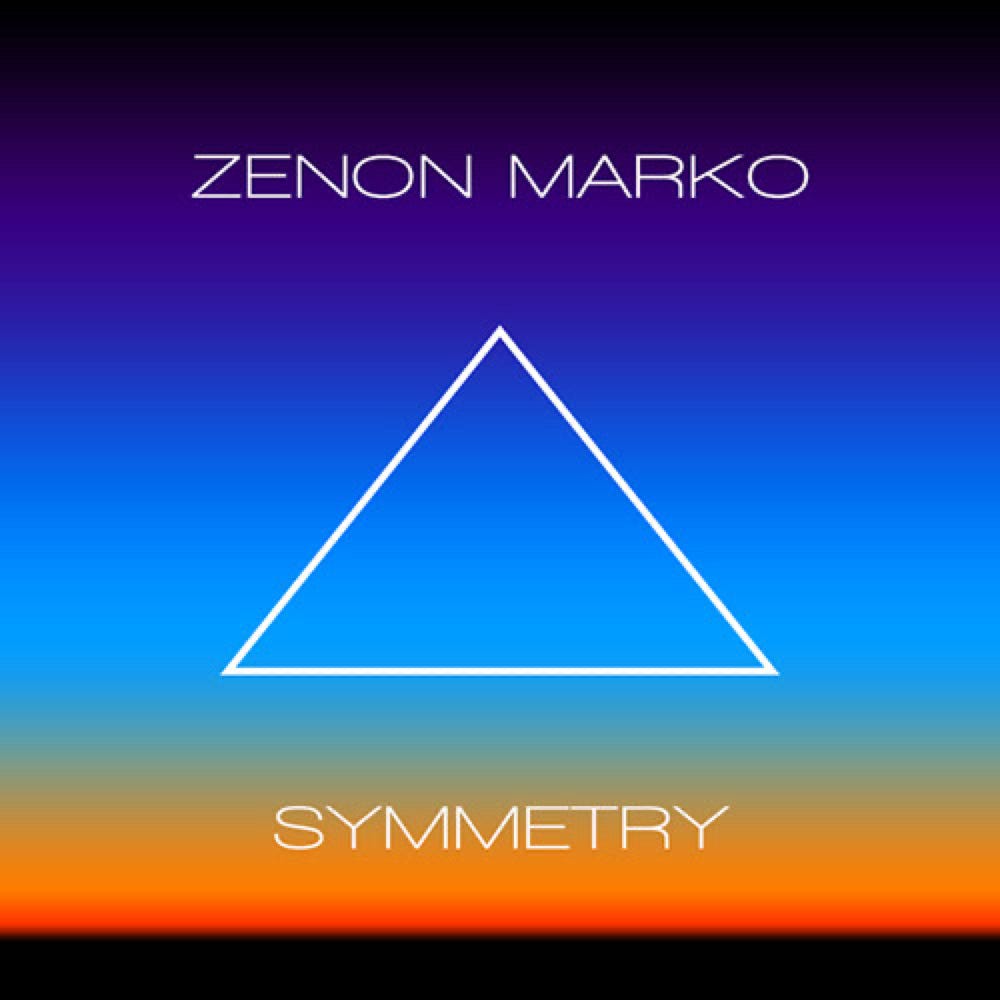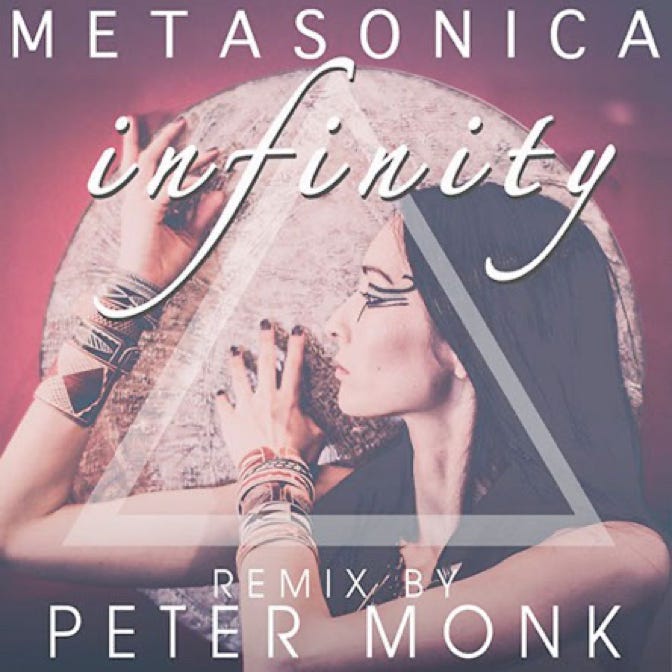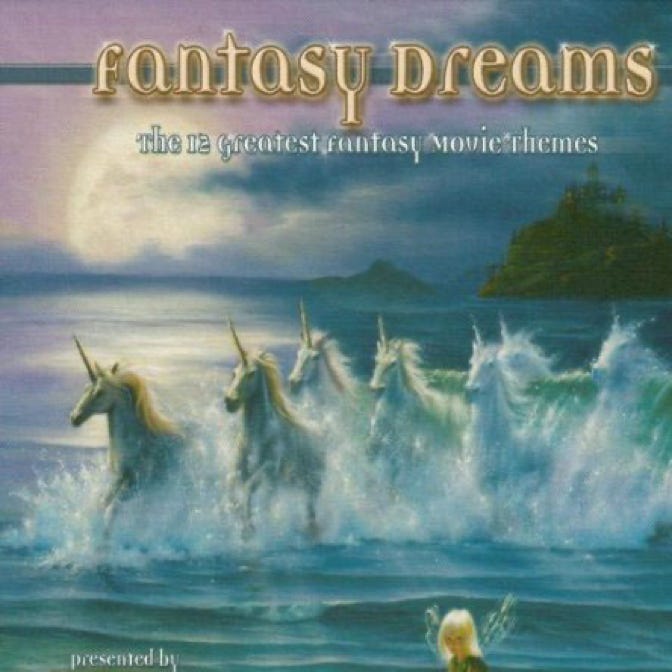“Morning Star” consists of works composed by Zenon Marko in the immediate aftermath of his mother’s death. These minimalist and atmospheric ambient piano pieces were written as tribute, meditations, and expressions of the diversity of emotions, reactions, thoughts, memories, hopes and fears that follow upon such a loss. The music also attempts to sympathetically comprehend the experience of one’s last days and weeks, facing mortality. The hope is that others who have experienced loss, or are facing their own mortality, will feel an echo, a recognition, and perhaps find solace, within this music. All the pieces are at a tempo of 60 beats per minute, the rhythm of the second hand of a clock, to express the sense of time passing, inevitability and transience.

Symmetry is the musically symmetrical soundtrack of a journey, whether physical, intellectual, imaginative, emotional, philosophical, psychological, or spiritual. The music expresses progressive ascent towards a goal, arrival at an apex, descent, and return.
The structure of the composition reflects and embodies philosophy, mathematics, geometry, and mythology. The arrangement is inspired by early, baroque, classical and neoclassical music, electronic music and minimalism. The album is musically symmetrical; the “Descents” are compositional reverses of the “Ascents”.
The challenge was to create a timeless meditative album, depicting a wide range of moods from tranquil to intense, within strict limits: all pieces share the same tempo, arrangement, duration, and internal structure. Themes repeat, vary, evolve, develop throughout. The Ascent/Descent pairs required the creation of sounds, chord progressions, and melodies that worked equally well forward or in reverse. Each successive “Ascent” modulates to a “higher” musical key and greater harmonic and melodic ascending movement. “Esse” (Latin: “to be”), the centerpiece and apex, itself internally symmetrical, is music of complete stasis, an arrival at the destination, a pure contemplation of a panoramic vista, perhaps even a state of enlightenment or mystical rapture. Each “Descent” mirrors its numerically equivalent “Ascent”, successively descending in chord progressions and in musical keys. One source of inspiration for this work is the ascent to knowledge as described in Plato’s allegory of the Cave; another is the meditative process and the ascent to the enlightened state of consciousness, known as “The Fourth” (Turiya), in Indian philosophy.

